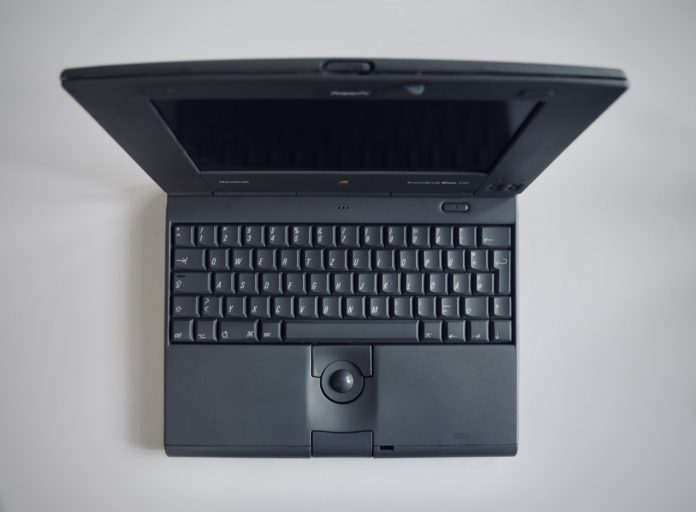

In the early 1990s, trade secrets didn’t accommodate computer software protections. While it’s now unthinkable to not cover software or proprietary computer programs with trade secrets and copyright protection, back then, the loophole caused nearly a decade of legal trouble for Gates Rubber Co.
“Gates has been a Denver institution for more than a century,” noted the Denver Post in March. The family-run company skyrocketed to success in the early 20th century with a line of rubber belt products for use in heavy mechanical or automotive applications. The company’s rubber belts are in a wide variety of products and machines including many small vehicles like snowmobiles and ATVs. The company has a significant share of the market and the Gates Family Foundation is one of the largest philanthropic organizations in the state.
The trouble for Gates arose after some former employees took their knowledge of and access to the coding of Gates’ Design Flex 4.0 software and created a similar program called Chauffer for Gates competitor Bando American. Design Flex was a variable program used to determine the right size and other specifications for replacement belts. Chauffeur’s intended application was similar to Design Flex, but the former Gates employee who wrote the Chauffer program insisted he was the sole author.
In a series of legal filings including a request for a temporary restraining order, the two companies sued and counter filed legal complaints against each other from 1992 to 1999. The U.S. District Court for the District of Colorado ultimately ruled that Bando American had infringed willfully and maliciously and that it must also pay for all legal fees.
In its ruling, the district court noted that the dilemma “is nothing new,” but wrote the case law of copyright protection seemed woefully ill-equipped “to provide a systematic means for analyzing copyright issues” for computer software.
The 1993 10th Circuit Court of Appeals opinion has been cited more than 290 times in similar cases according to Casetext.

